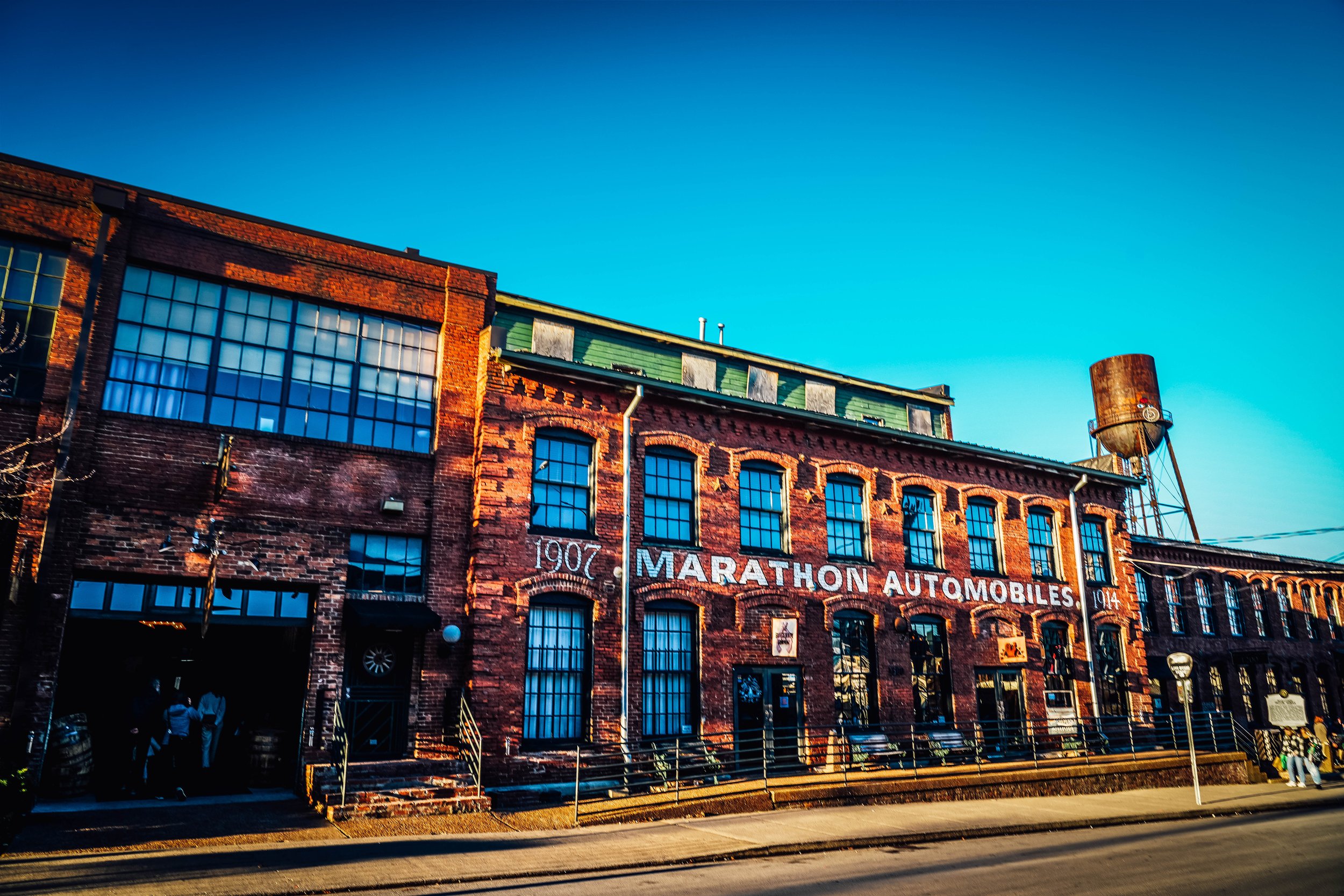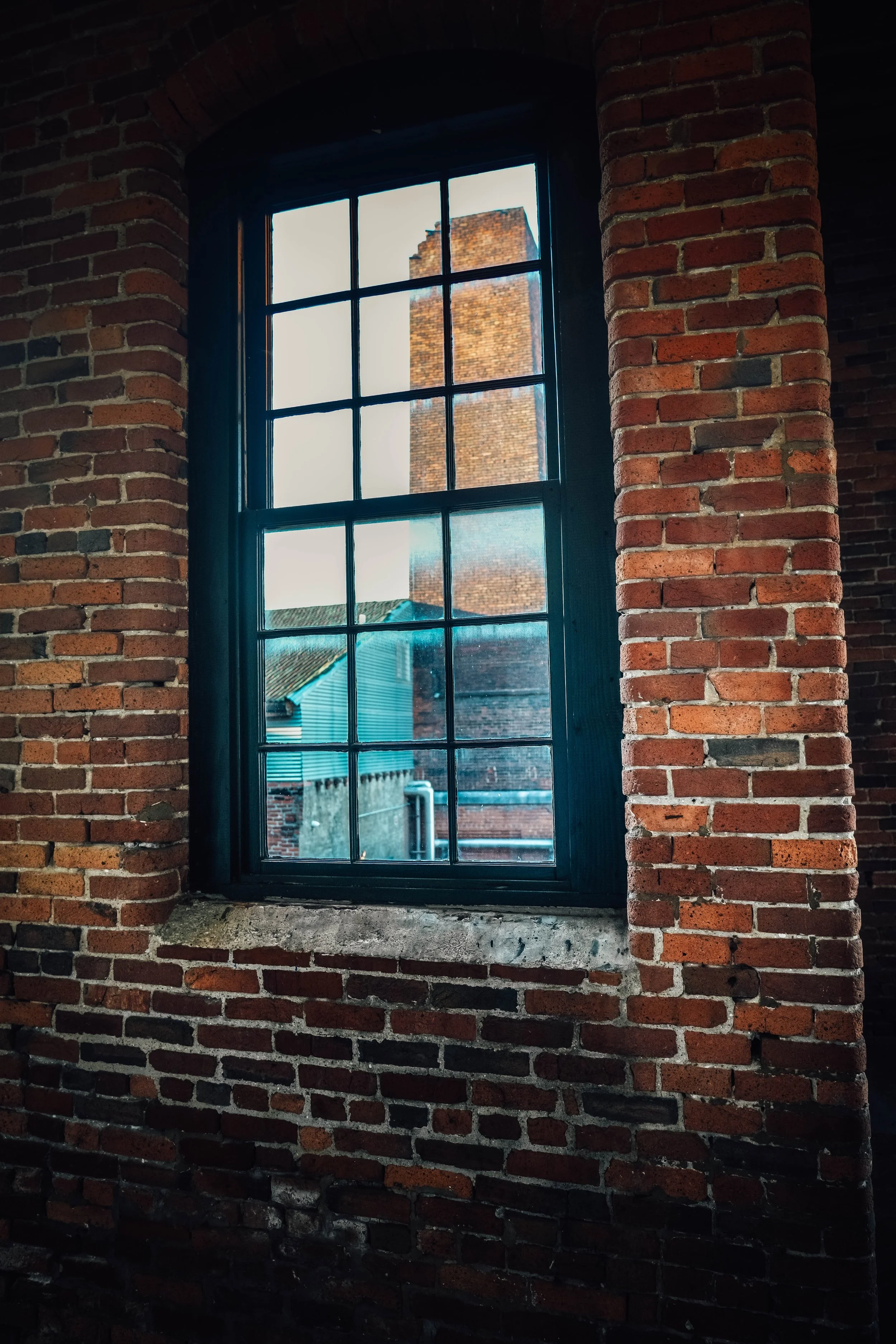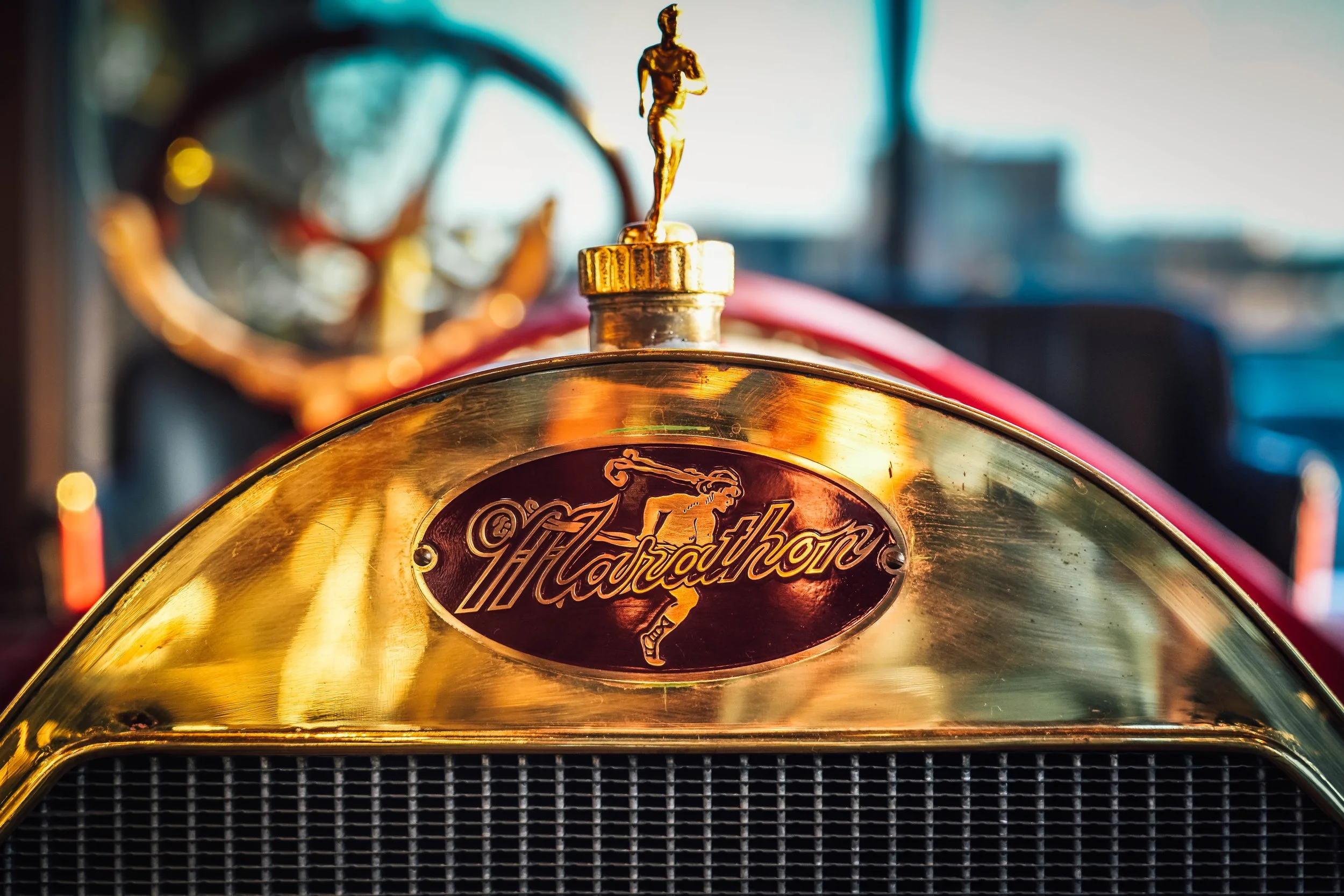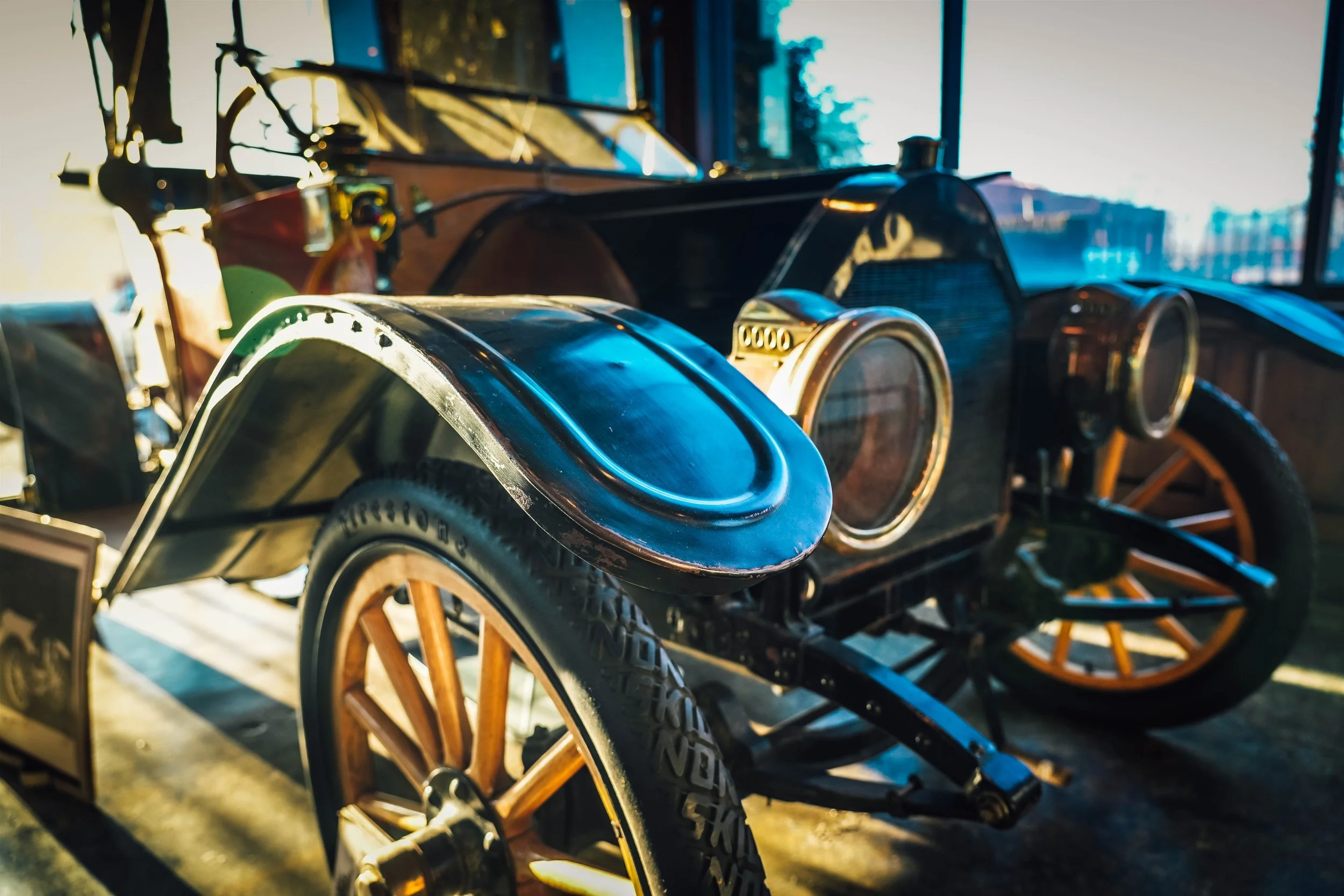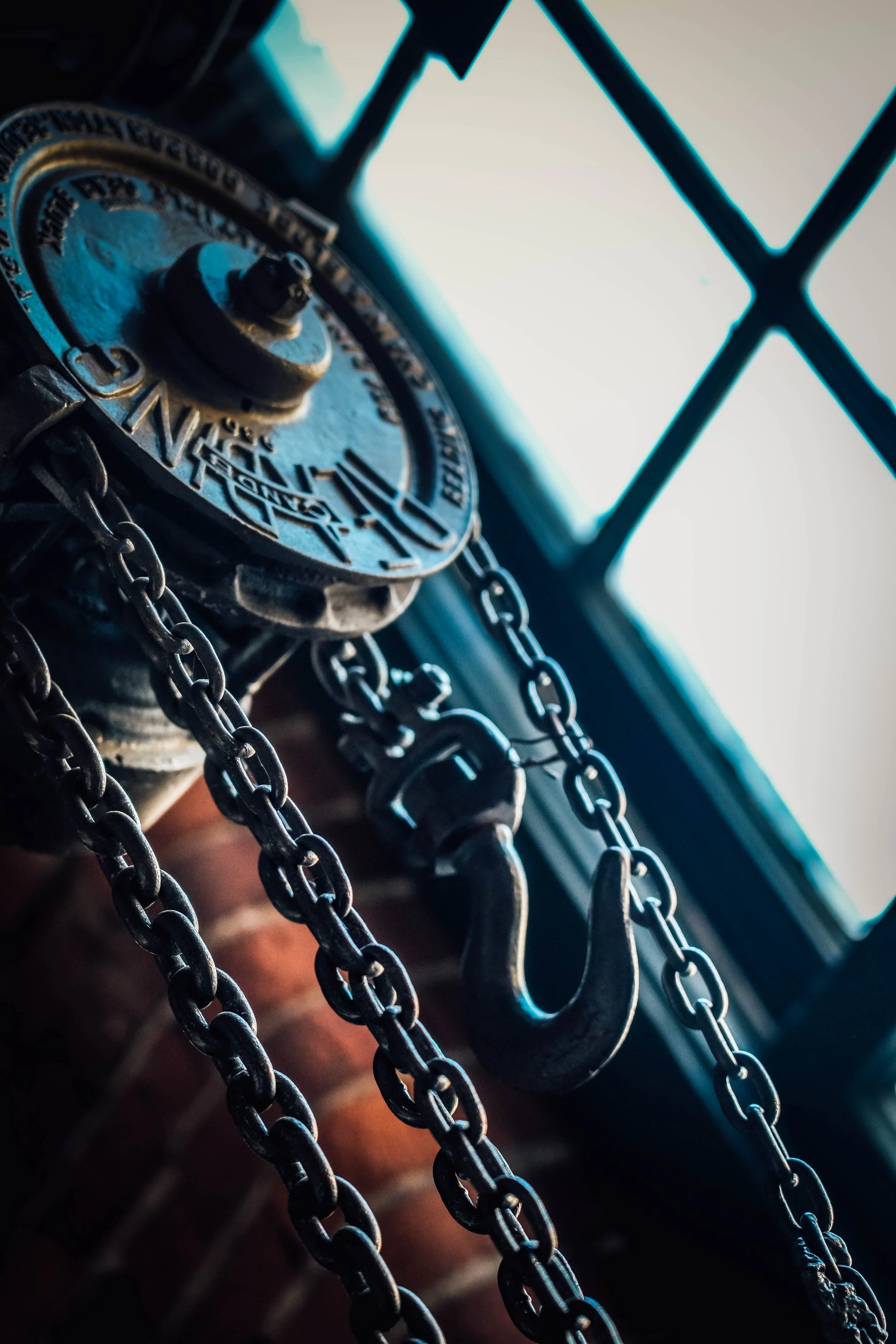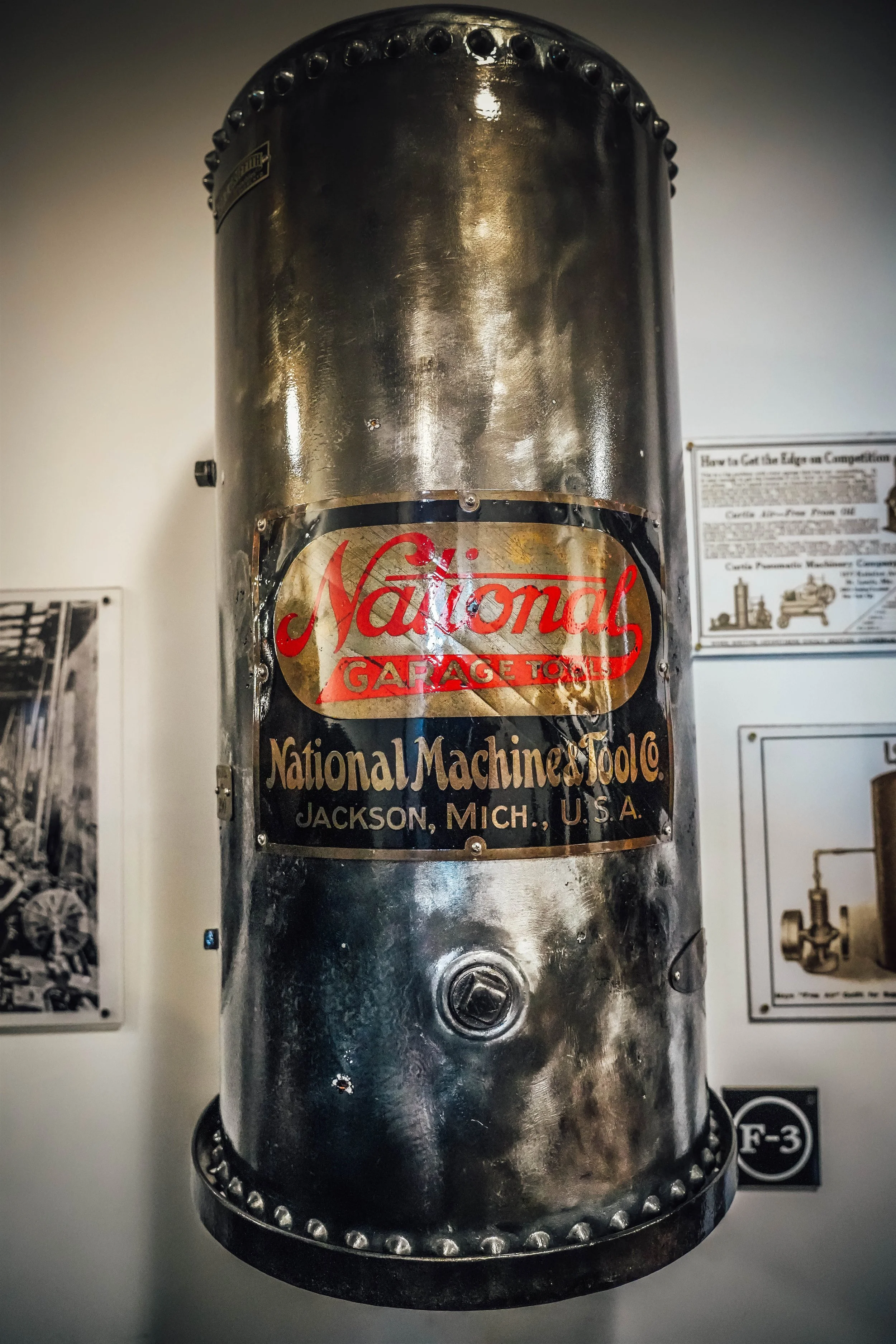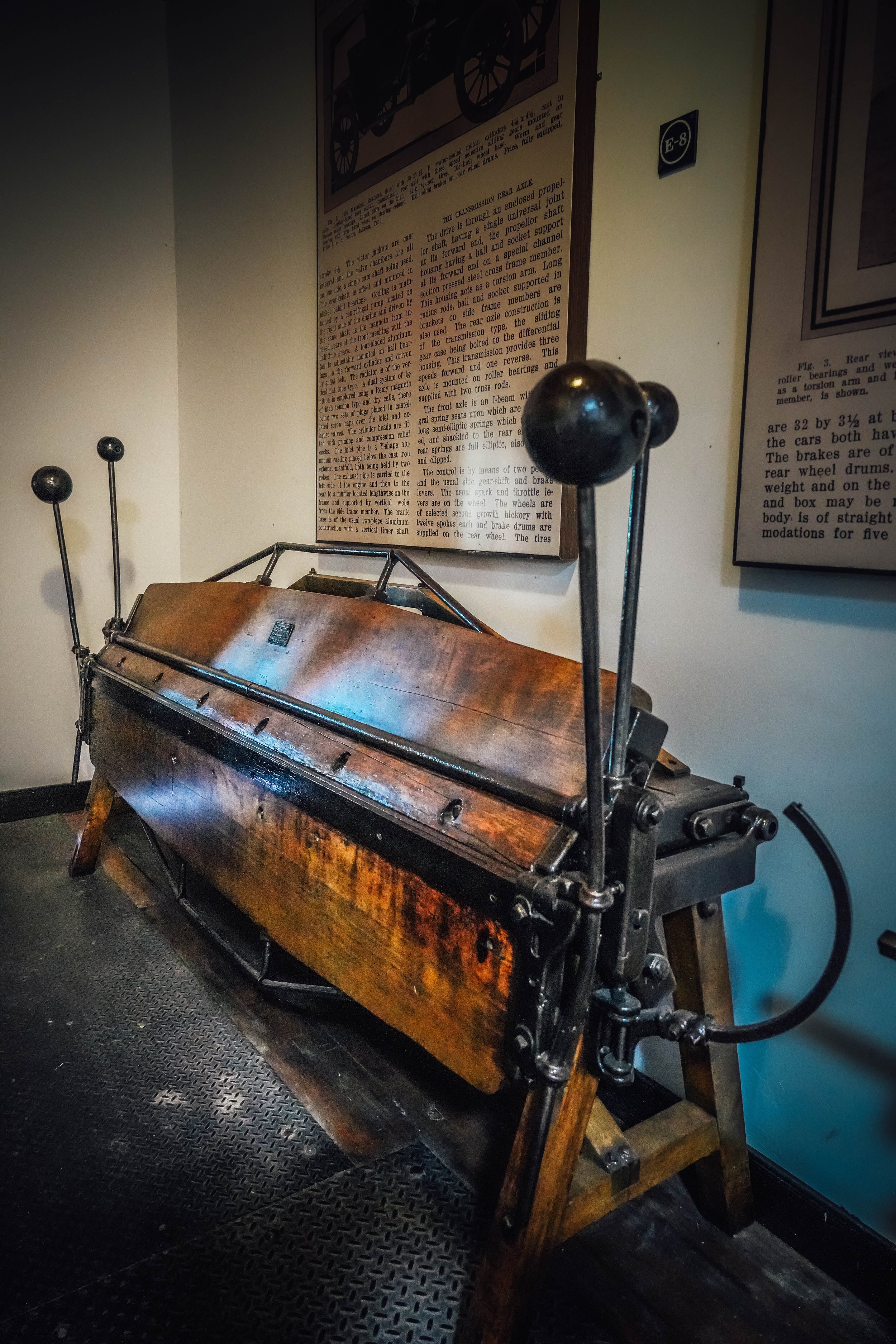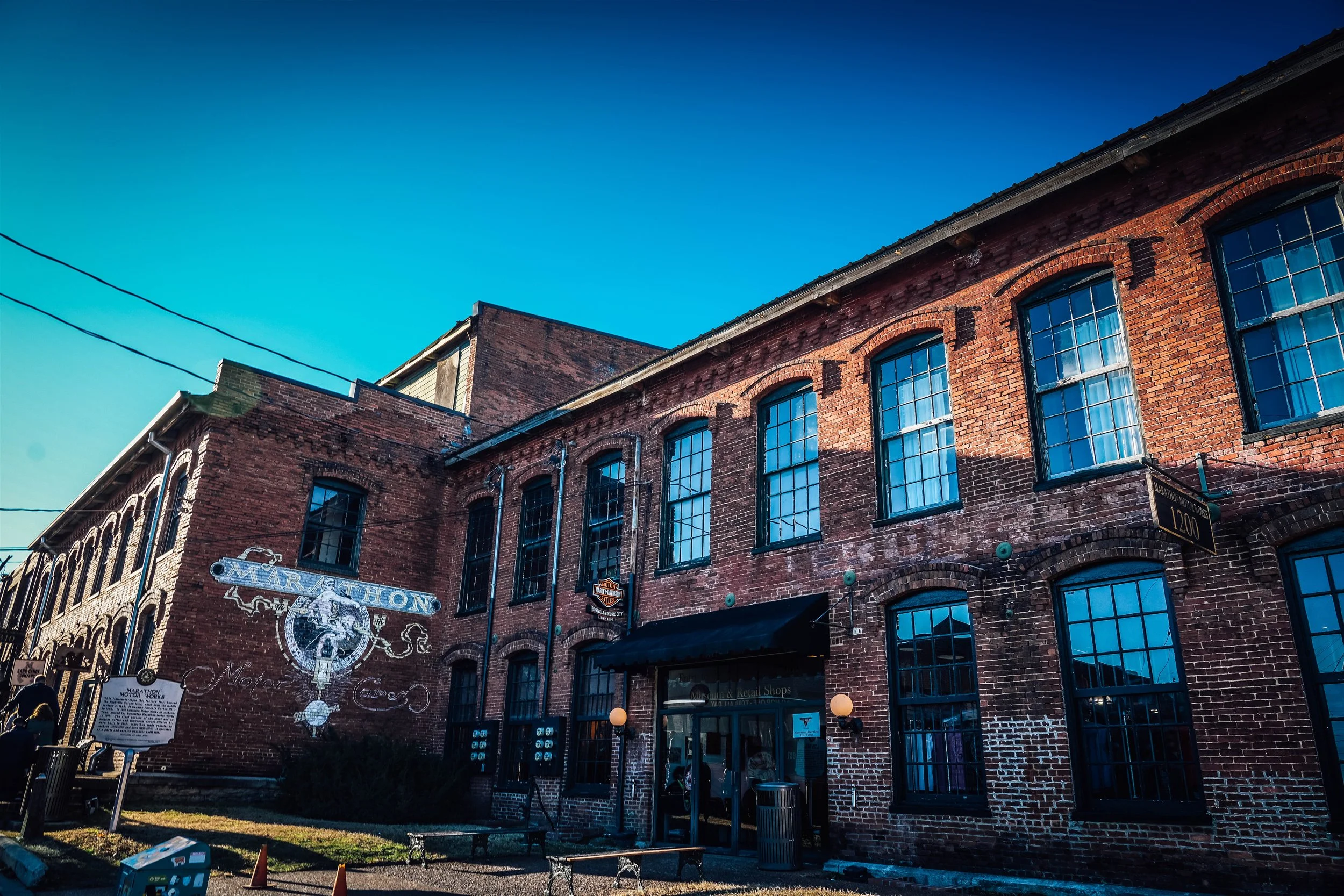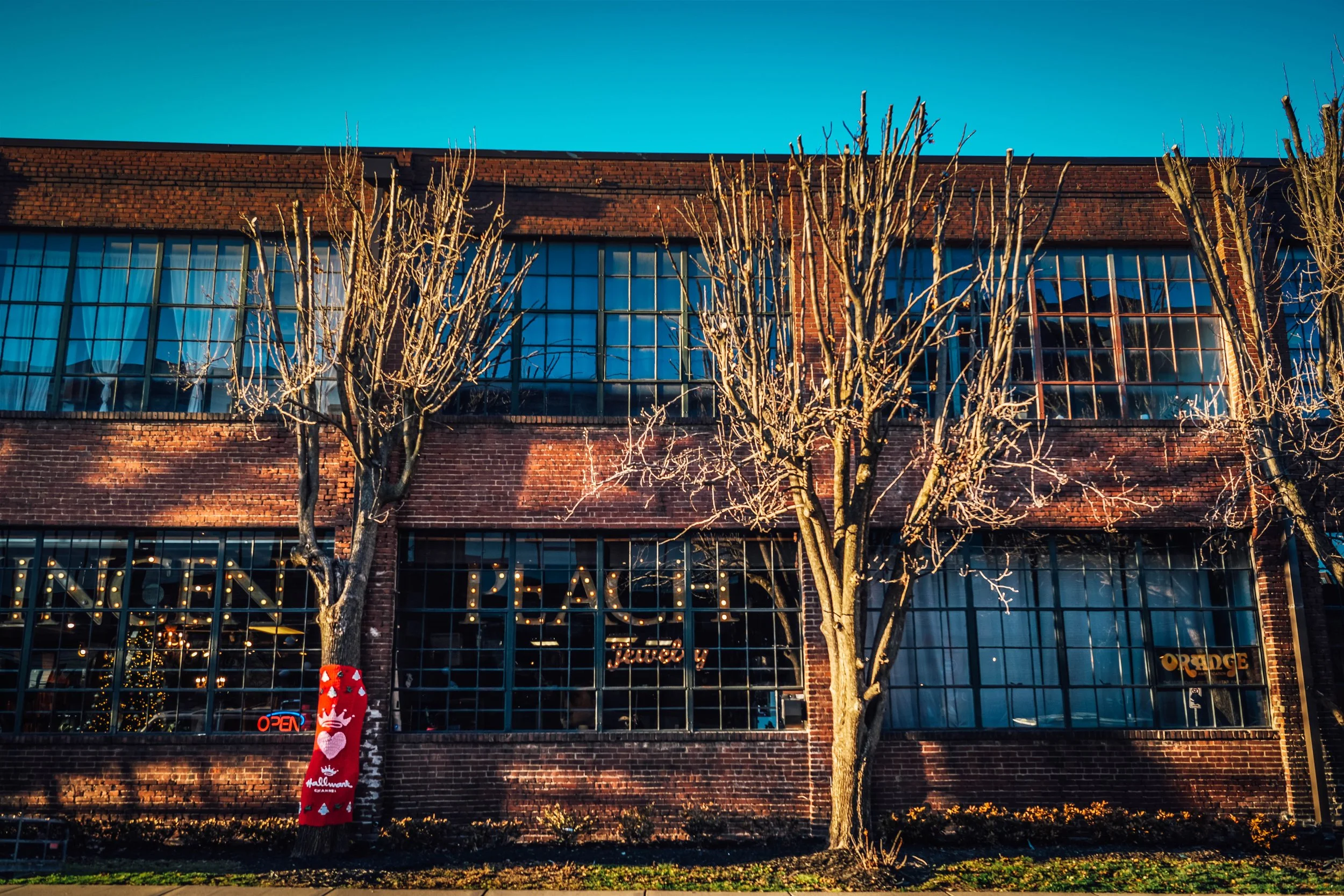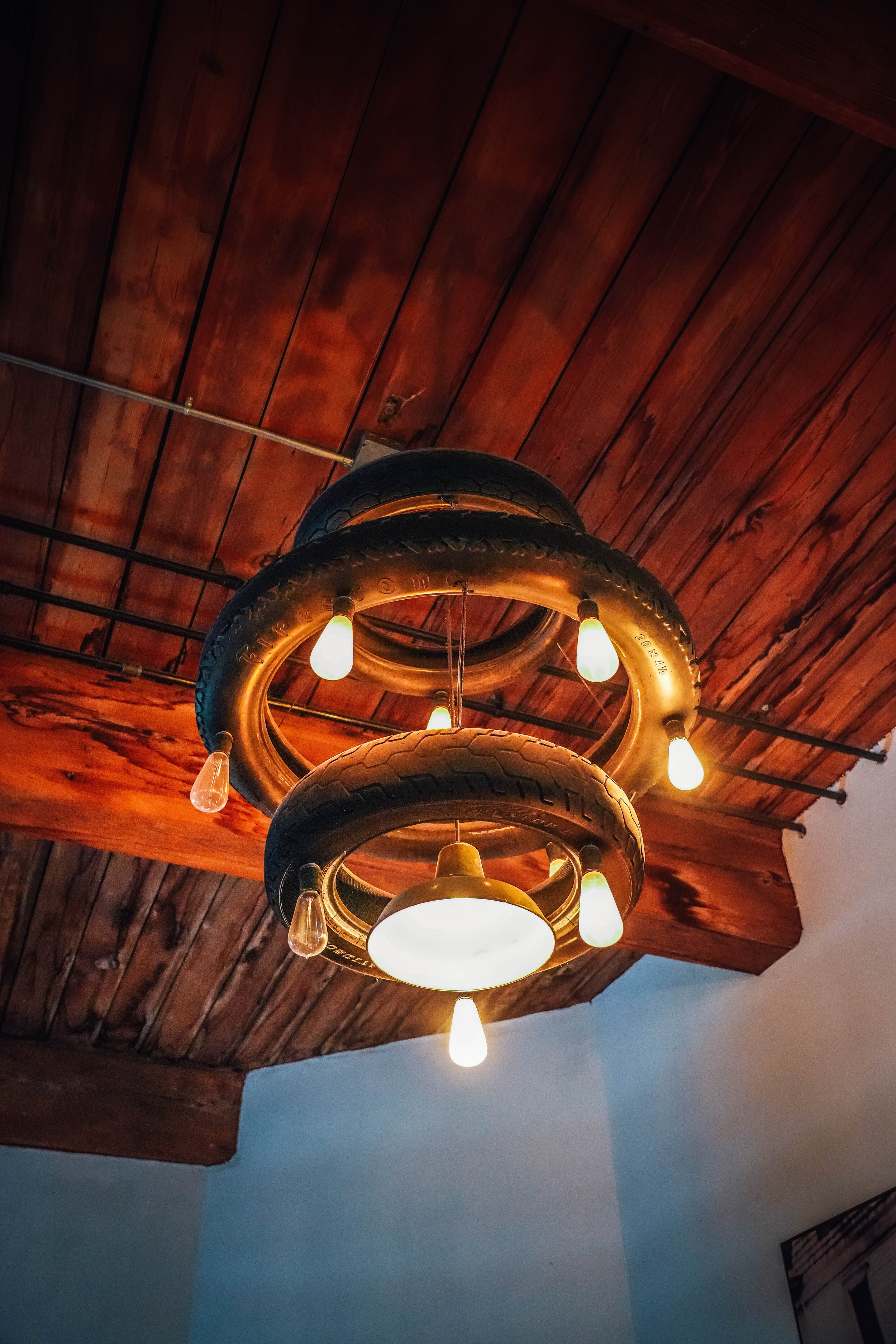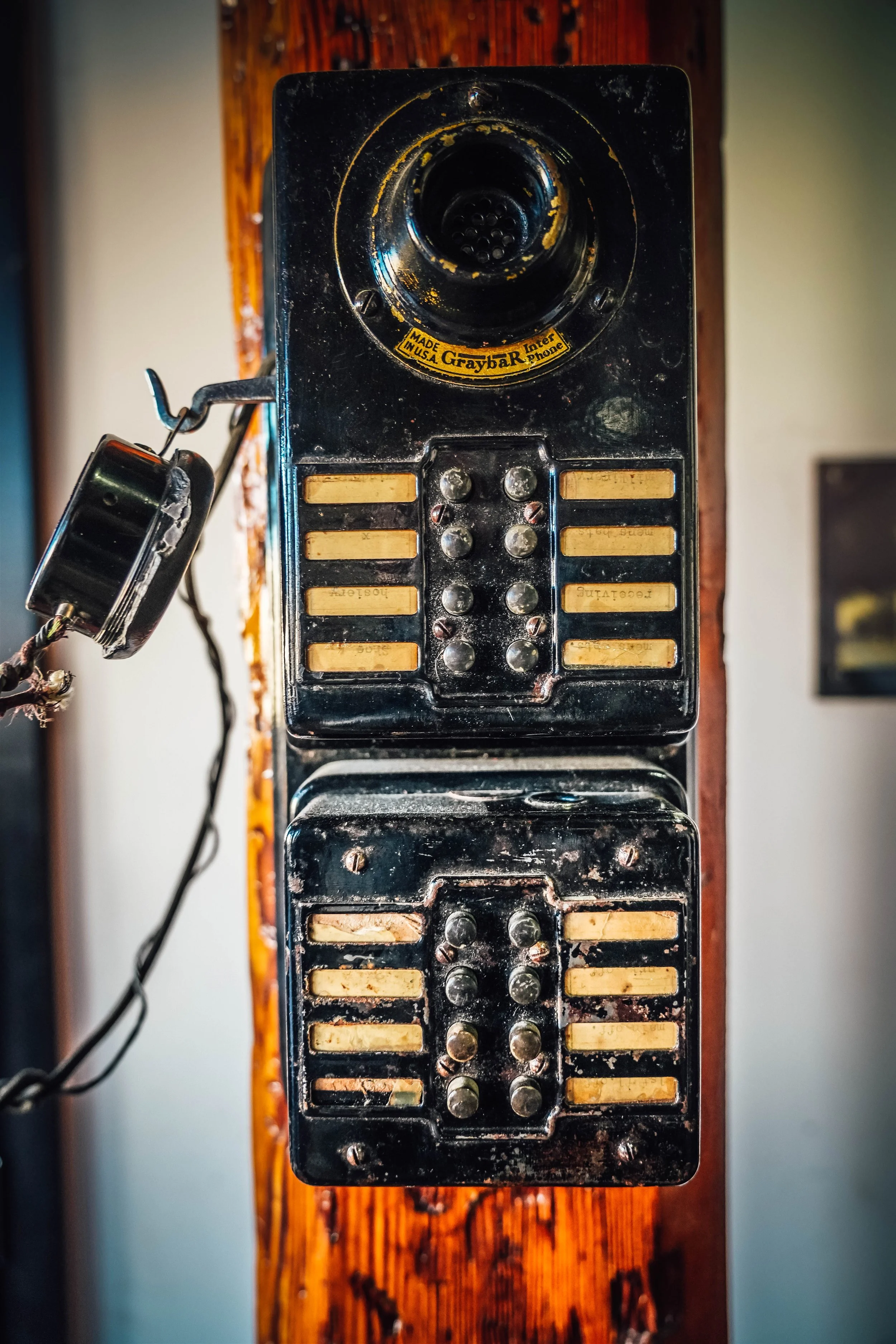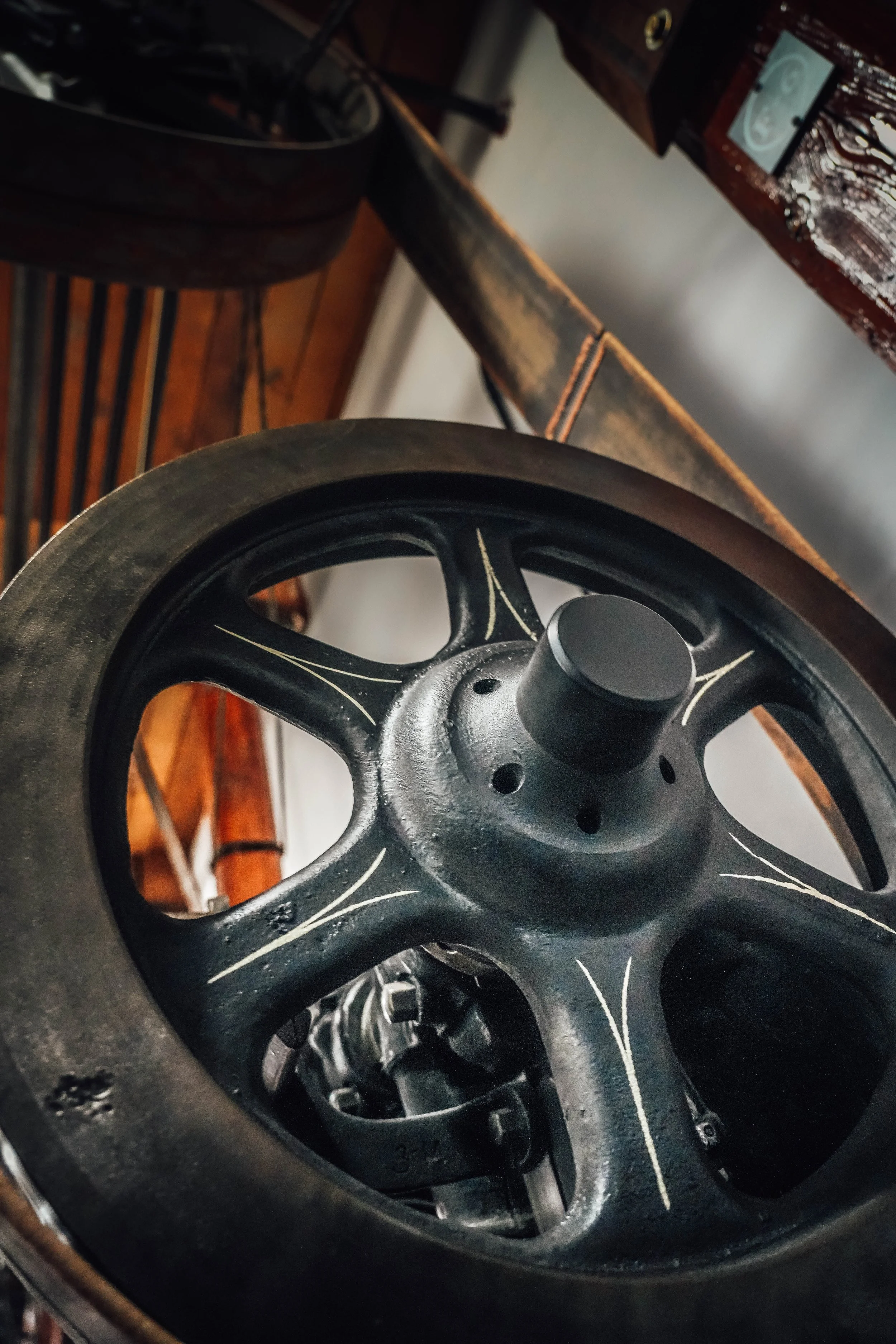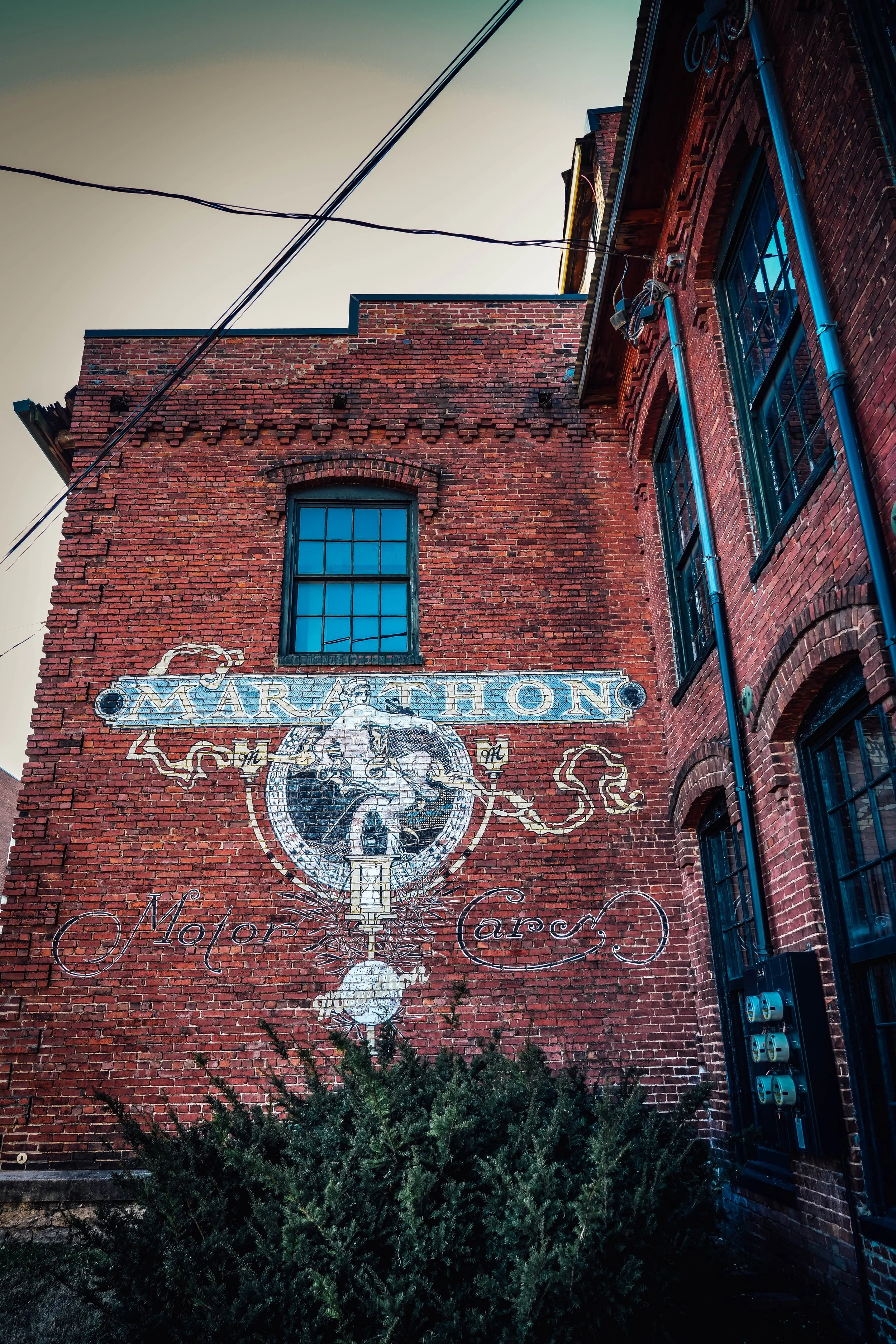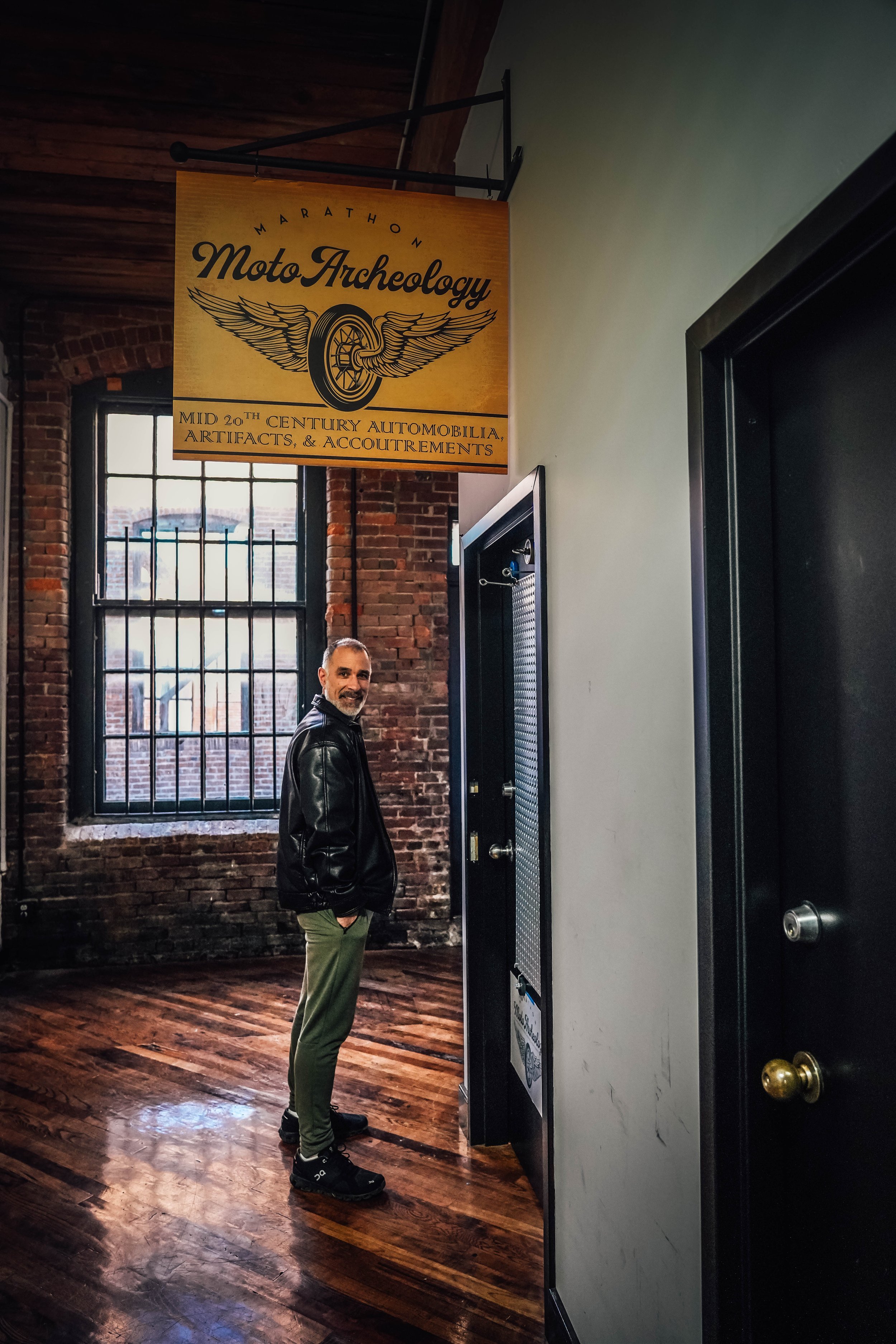Recycling. Not A Sprint But A Marathon.
Torque saw this space and building in Nashville and was struck and inspired. So much so, we took lots of pics and wrote this thought.
Face it - recycling and adaptive reusing of historical possessions is not a sprint but rather a marathon. This marathon has been run by the Historic Nashville Marathon Automotive Museum. More than just a property housing historical items, but rather an abandoned building, the museum is a cultural catalyst which rekindled a neighborhood and its history. It’s a property that shows how the recycling of buildings can create culture and community.
The museum’s recycling is certainly a marathon. A marathon spanning 30 years. From its beginnings as Nashville Cotton Mills in 1881 to the 1980s when Barry Walker took ownership, this building is a manifestation of adaptive reuse. Anything but a sprint, the museum has seen extensive overhauls, new life brought to centuries-old treasures and renovations which originated from dumpsters, warehouses, auctions, factories, car manufacturers and hotels.
Drawing heavily on the mechanics and heavy machinery of the old factory and automotive plant that it once was, this museum has a strong appeal within its distinct, industrial-chic architecture. A beautiful piece of history within an ever-growing city, it’s a reincarnation! Stories of past engineering feats and hard labor beyond brick walls are recycled to form new stories of structural additions and architectural styles.
The museum now features an industrial museum, retail shops, businesses, event spaces, work studios and offices. Not only functional, but the building is also a model for the adaptive repurposing of historic structures and how property can lend itself to the creation of identity and difference. The building has most certainly resurrected itself as a community for artists and creative professionals. Furthermore, its adaptive reuse has sparked an upcycling of the broader neighborhood.
We love Walker. He is a master recycler who should be credited for using adaptive reuse to save a building and for keeping a memory of Marathon’s history alive. Along with this, the Historic Marathon Automotive Museum should be credited for its marathon.
We believe that when it comes to recycling and adaptive reuse, and creating culture and community from historic items, it certainly has won the race.

